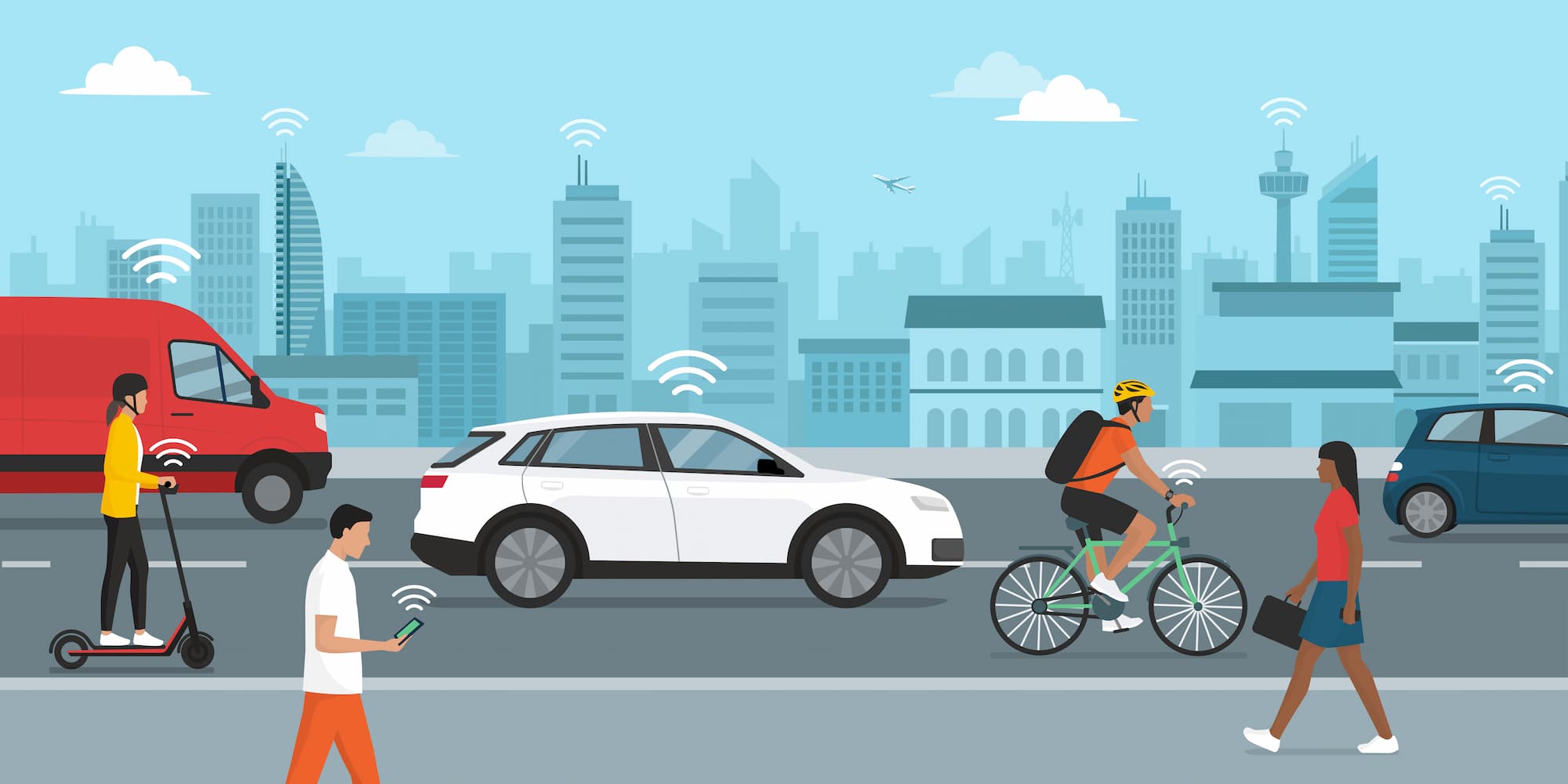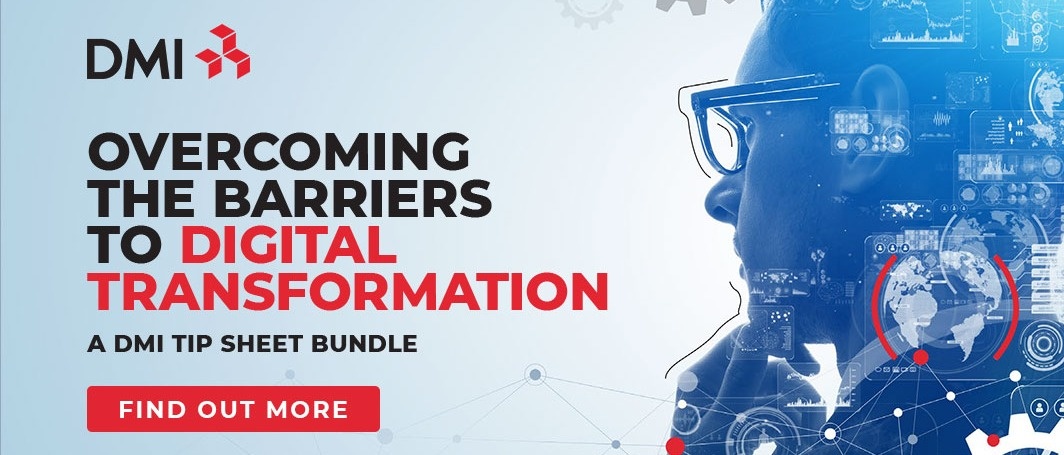
Connected Vehicle: The Convergence of Auto, Mobility & Transportation
One of the most important things to understand about digital transformation and software mobility is that you're talking about a process that involves more than just technology. Digital transformation, at its core, is about the intersection between humans and data — the nexus between these two points that, when leveraged properly, can help propel your business to incredible new heights.
This is particularly true in the automotive and transportation industries, where software mobility transformation is taking enterprises to their new form of existence to remain competitive and innovative in the new connected ecosystem. There is perhaps no better example of this right now than that of the connected vehicle – a trend that has caused automobiles to evolve into a true platform in every sense of the word.
Why the Connected Vehicle Matters: An Overview
Over the last five years in particular, automotive companies have been heavily investing in connected and otherwise "smart" solutions. They do this not just to differentiate themselves from their competitors through a software-first approach to the design and manufacturing of their vehicles, but more importantly to create the best possible experience for their customers who are seeking the most convenient experience that suits their lifestyle.
Toyota, for example, is already hard at work building smart robots that will help human employees care for the health of the elderly in their homes in a place called Woven City. Together with their partners, the manufacturer has indicated that their ultimate goal is to "create a city built on happiness" — a noble goal if there ever was one.
Hyundai is another example of an auto manufacturer that is going through their own digital transformation to that end, as they've committed to building autonomous drones and have invested heavily in concepts like smart air mobility.
These are examples of how automakers of the past are truly transforming themselves to software mobility companies in the connected ecosystem. They are reinventing the car as we know it and are working on building new business models beyond the vehicle to claim their stake of business in the new connected ecosystem.
The change to how a vehicle is designed and engineered is so drastic that even hardware components and their build are drastically changing with a new strong dependency on the software-centricity that drives the disruption of everything auto.
Right now, OEMs are trying to figure out how to best deliver a smartphone-style experience behind the wheel all while helping drivers avoid harmful distractions at the same time.
One of the biggest examples of how a connected vehicle could make a driver's daily journey better comes by way of next generation safety features. Through software, it will soon be possible for a vehicle to conduct a complete scan of itself after an accident, telling the driver whether or not it is safe to drive home.
Opportunities here go beyond the health of the actual vehicle, though. They can also protect the safety of the driver, passengers, pedestrians and more. Connected vehicles, for example, could enable bus drivers to get an alert when a child is about to cross the road or exit the bus. Also, imagine if you could automatically send a loved one’s vitals to their healthcare provider on your way to the hospital.
Think about convenience, as well. Grocery delivery and pick-up sales have surged as a result of COVID-19. Imagine if drivers could ask their car to grab the grocery list from their smart fridge at home, have the car send the grocery order to the store, and pay in-vehicle for the purchase. Then, they can leverage the tool to coordinate the grocery drop-off at a certain time into the trunk of the car that can be opened by the delivery driver via a one-time smart access key.
Connected vehicles could even keep drivers up-to-date in terms of things like tire status and the overall lifetime value of the vehicle. That same system could also make proactive recommendations regarding maintenance and the replacement of certain parts, allowing drivers to address small problems now before they have a chance to become much bigger (and costlier) ones down the road. Drivers can also get discounts on things like tires and other critical parts that align with their maintenance schedule.
Beyond that, the connected vehicle has the potential to help drivers cut costs. It could make recommendations in terms of driving patterns or recommend more fuel-efficient routes to get where someone is going, similar to what a GPS does right now. The connected vehicle could even help educate consumers as to both the short-term and long-term impacts of their overall treatment of the vehicle.
To that end, the possibilities of the connected vehicle in this space are endless. Software mobility can transform all aspects of user experience. Manufacturers can create a more personal, customized driving experience that is based entirely on persona-specific selections. By centering everything around software, they can finally bring the outside world into said driving experience for the first time.
But the connected vehicle is also one that is powered by data. By leveraging the data that users are already creating, OEMs can create a smarter and more enjoyable driving experience for all. By integrating and creating consistent digital assistance while on-the-go, drivers are more than just assisted — they're delighted in ways that would have been unthinkable even as recently as a decade ago.
Conclusion
In the end, the very idea of the connected vehicle is poised to become the enabler of the ever-connected ecosystem that we're currently moving towards as a society. We've already seen this play out in other spaces.
Your phone is more than just a phone — it's also a productivity engine. It connects to your computer, to your smart television and to a number of other devices in your home, always allowing you to do whatever you need, whenever you need to do it, no questions asked. It's a living, breathing ecosystem, and there's no reason why the automotive space should be any different.
![[FREE RESOURCE] 10 Technology Trends You Need to Know](https://no-cache.hubspot.com/cta/default/8444324/70f3087e-225d-45f6-bb20-e5ed06bf0834.png)
